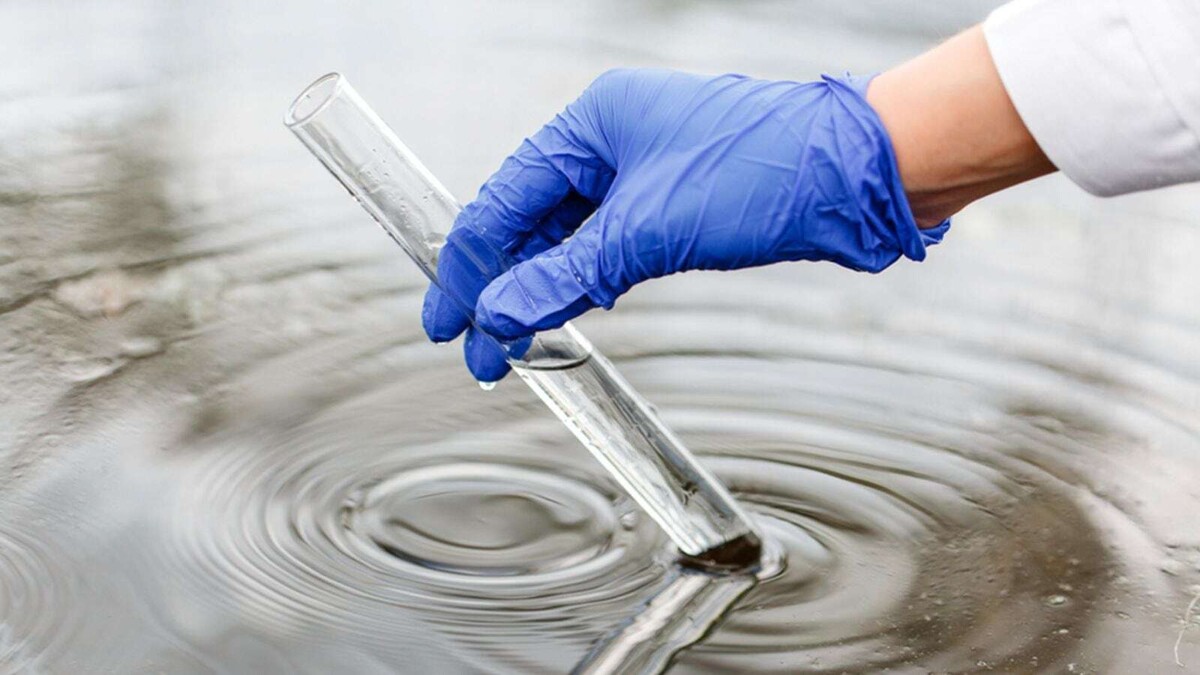
At the border between Mexico and California, untreated wastewater laden with chemicals and trash flows into the Tijuana River, eventually reaching San Diego. This pollution has made swimmers, surfers, border patrol agents, and members of the SEAL special forces who frequent the area's beaches sick. As a result, California has been forced to close some beaches due to the flow of sewage and toxic chemicals from Tijuana that are contaminating the Pacific Ocean.
Lee Zeldin, director of the United States Environmental Protection Agency (EPA), is expected to present Mexico with a list of projects to address the environmental crisis in the region. Mexico's Secretary of Environment and Natural Resources (Semarnat), Alicia Bárcena, has stated that resolving the issue of wastewater at Mexican and U.S. beaches is a priority for the country. The International Boundary and Water Commission revealed that Mexico discharges approximately 5 million gallons of sewage into the Tijuana River daily, significantly contributing to pollution.
U.S. authorities have reported that even people who do not enter the water are affected by river pollution. The Naval Special Warfare Center has recorded an increase in cases of acute gastrointestinal illnesses among its recruits, attributed to water contamination. The World Health Organization (WHO) has recommended improving surveillance of human wastewater to detect and control COVID-19 variants that may be present.
The most common diseases transmitted by contaminated water include amoebiasis, cholera, hepatitis, salmonellosis, shigellosis, viral gastroenteritis, as well as infections causing diarrhea and dysentery. Pollution from sewage in California crosses the border and can reach the Pacific Ocean, affecting both the local population and visitors to the beaches. In an attempt to address the flows of water in the Tijuana River, work has begun to remove accumulated sands from the riverbed, in collaboration with local authorities and support from international organizations.












